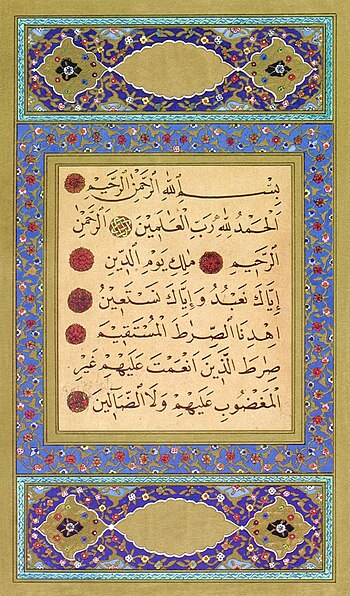
Holy moley...I wasn't
really hiding, but I definitely seem to have fallen off the edge of the planet. Well, what
has happened since July of this year? Quite a bit, some of it archaeology-related, some of it not archaeology-related, but all of it interesting, at least to me.
First things first, to bring you, faithful reader, up to speed about the end of the field season in Jordan.
The majority of the staff and myself, having deposited the students safely and with finality on the flight home (the trip to the airport included a multi-car convoy to the airport, one of which I was driving, of which I managed to blow a tyre, bringing said convoy to a stop in the middle of the desert and allowing all our Jordanian friends a prime opportunity to some their considerable pit-stop abilities), were tuckered out and immediately made plans for recuperation from the season.
Now that we were free, we headed south to Aqaba (on the Red Sea, at the convergence of Saudi Arabia, Israel, Egypt, and Jordan) for some much-derserved R&R. A Jordanian colleague had very kindly and generously offered her apartment to us while we were in Aqaba, so we had a very nice base for our adventures...and a nice air-conditioned space to hide in, when we weren't moving very slowly to the air-conditioned car. Did I mention that the temperature managed to hit 54 degrees Celsius? Seriously. The only way to survive is the aforementioned slow-movements, coupled with large amounts of very cold water...
...and scuba diving! Thankfully, when not in the car or the apartment (or some of the nice restaurants or shops in Aqaba), I could be found deep in the Red Sea, with a colleague of mine who also likes to dive. I decided to work on my Advanced Open Water PADI ticket while in Aqaba - and completed it! I did a deep dive, a night dive, a navigation dive, peak performance buoyancy, and a - wait for it - wreck dive to a 80m long Lebanese freighter that had been sunk by King Abdullah (an avid diver) in the '90s as an artificial reef.
Our Dive Master was a lovely Jordanian man, who happened to be from Madaba (the town we were based in for the field season) and, small town that it is, it turned out his sister ended up giving me my traditional end of season manicure and pedicure the day that I flew back to Vancouver. Small world.
In addition to our Dive Master being a great instructor (he helped me to completely overcome my fear of taking off my mask underwater, putting it back on, and clearing it), he also had BACON. Now, to most of you readers, this might not sound remarkable, except for the fact that Jordan is a Muslim country and, as such, pork products are not to be found in every market. As some of you may know, I am addicted to bacon. When I heard that my new friend had frozen slabs of bacon in his apartment, I drove him there, waited outside in the dark while he collected bags of the goods, and drove him to our apartment, where we all sat together and enjoyed smoked and cured contraband, cold beers, and vegetables. A really great night.
The drive back to Madaba, now that we were relaxed and fed and watered, took us through some of the driest climes I have ever been in, back up through the region of Wadi Rum. We took the road back into Madaba that brought us right beside the Dead Sea, well-timed (accidentally) to be at sunset.
When we arrived back in Madaba, all our friends there were happy to see us, and plans began for leaving and heading back to Canada. The night I left, my friend had not only persuaded his sisters to cook a large meal of mensef (rice, goat, goat milk, eaten by hand off a shared platter on the floor), but had also persuaded his cousin to lend him his old '80s green diesel Mercedes, for me to drive to the airport. What a treat! It was pretty exciting to be driving through the desert in another convoy, driving this huge beast of a vehicle, and it was a wonderful and thoughtful gift.
Once at the airport, there were lots of tears (mostly mine), and stalling at the gate. It is so hard to leave all our Jordanian friends at the end of the season. They welcome us fully into their lives, homes, and famillies, and they are what makes the experience so special. They still believe in the Bedouin principles of hospitality and generousity, and the Western world could certainly benefit from the lessons they have to teach.
Since arriving home, things have been busy, busy. Mostly it has been professional, as I have begun a new career and a new professional phase, which I hope will actually complement - and not supersede - my work as an archaeologist in both Canada and abroad. I received a job offer to work as a Historical Research Consultant soon after arriving home, and have fully immersed myself in this job. Without going into details, I am more than satisfied with this new position, as it answers a few needs I have found I need of late: it helps under-represented people, I can see the results of my work almost immediately, and it is part of what I hope is a changing trend in how people are treated.
I have also moved and seen my family grow since I arrived home, which proves that life really is what happens when you're making other plans. A very exciting time, and more exciting times to come, I hope.
My next adventure abroad will take me back to Central America in the New Year, for a trip around the Yucatan to Mayan sites and some more diving...I'll keep you posted.







































